Is this a yixing pot?
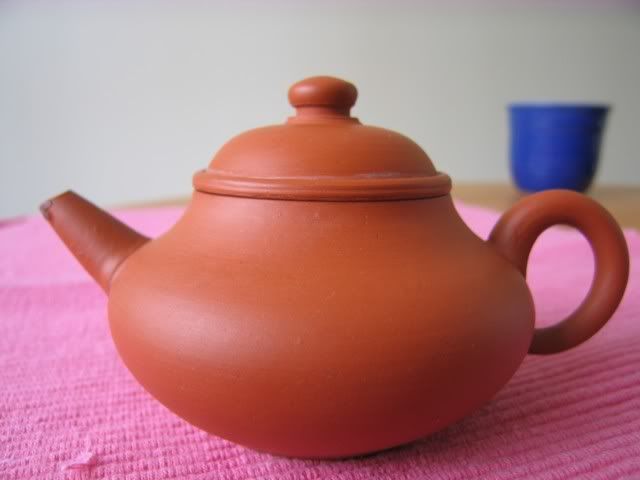
At first glance it might be, but look closer
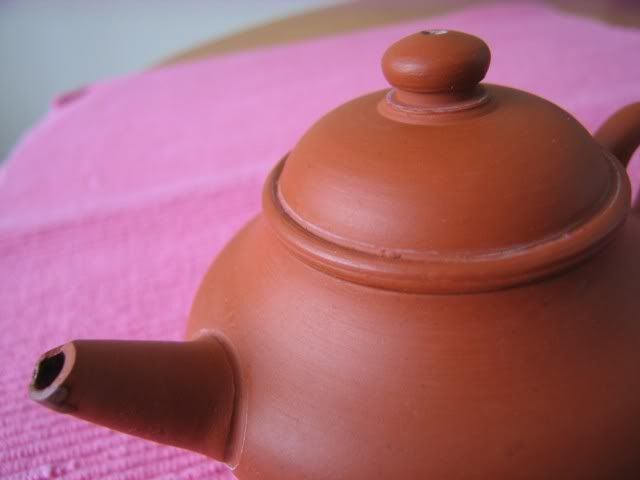
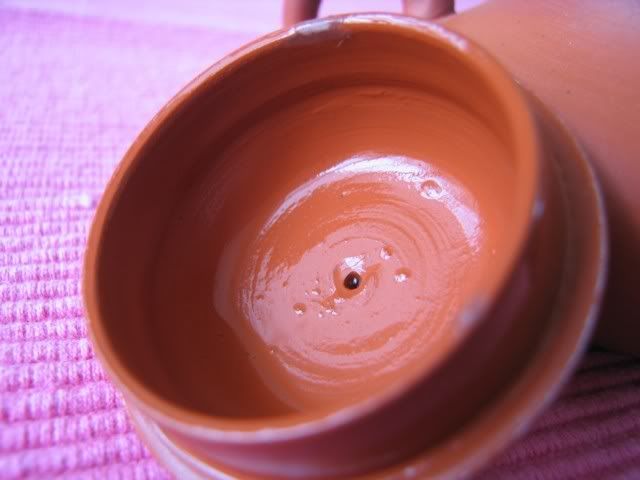
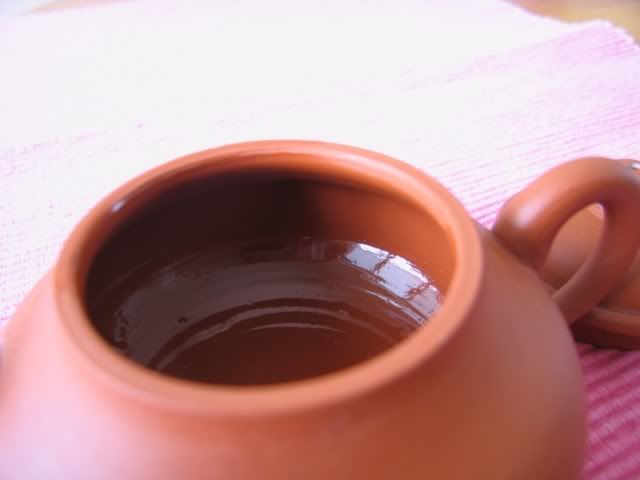
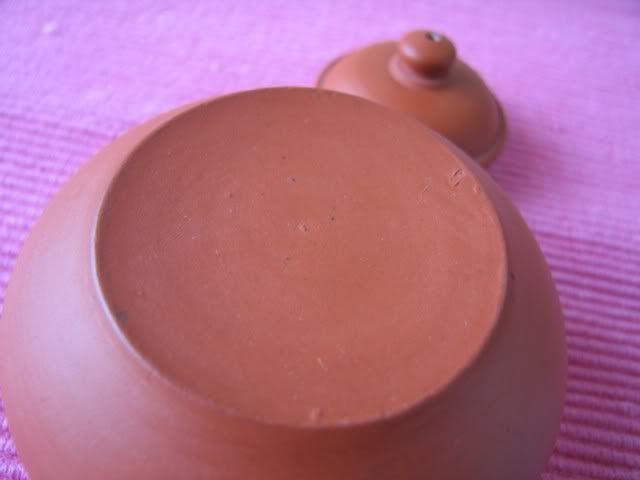
Maybe not?
The pot is a tokoname yaki, which are sort of the Japanese equivilent of Yixing pottery. They are widely used to make tea, and most of the time, the pottery comes in the shape of a typical Japanese kyusu, with a side handle rather than the back handle like this one. However, in the 19th century I believe some guy from China (IIRC he’s called Jin Shiheng) went to Japan and taught them how to make Yixing style pottery, and so nowadays there are pots that look like this — sort of Yixing like in their appearance.
The clay, as you can see, is a bit on the orange side of things. It’s very fine. The pot is thrown on a wheel, I think, rather than being molded like a Yixing pot would. In this sense, it sort of reminds me of Shantou pots from China, which are also of an orange colour clay and thrown on wheels.
This particular pot was extremely dirty (and thus extremely cheap), and after cleaning, I discovered that there’s a nasty crack at the tip of the spout. It’s still usable, but doesn’t pour very well. I bought it partly as an experiment to see the clay for myself, and to play around with it, eventually. There’s a Yamada Jozan (four generations of them now) who is the most famous of these potters who make such back-handled pots. Prices for those can be rather high because that line is basically designated as National Living Treasures in Japan… and I am personally not sure what the value in them may be, other than as art objects.
Regardless, one more toy from Japan.

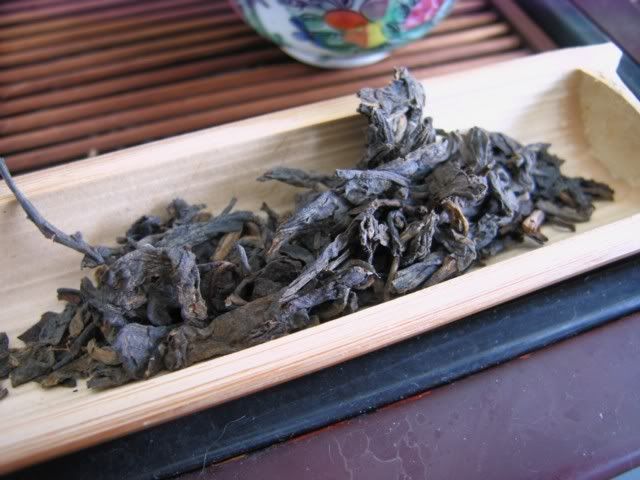
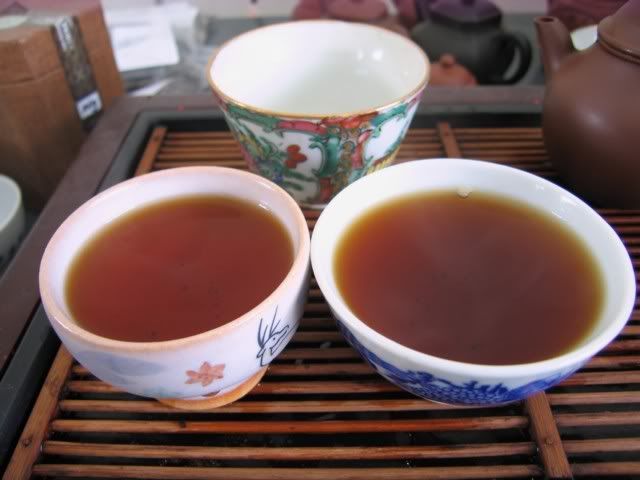
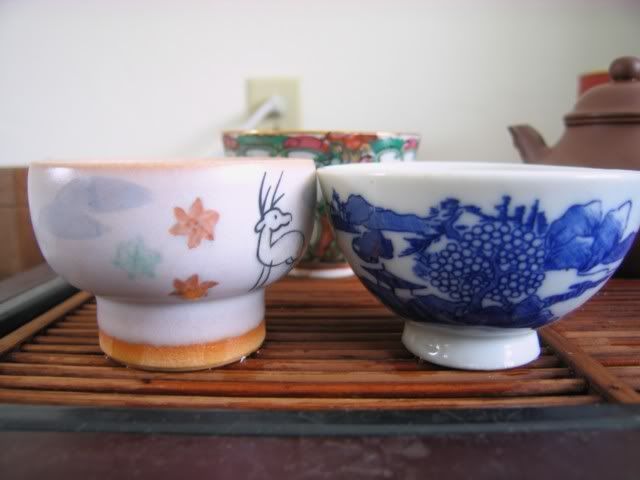
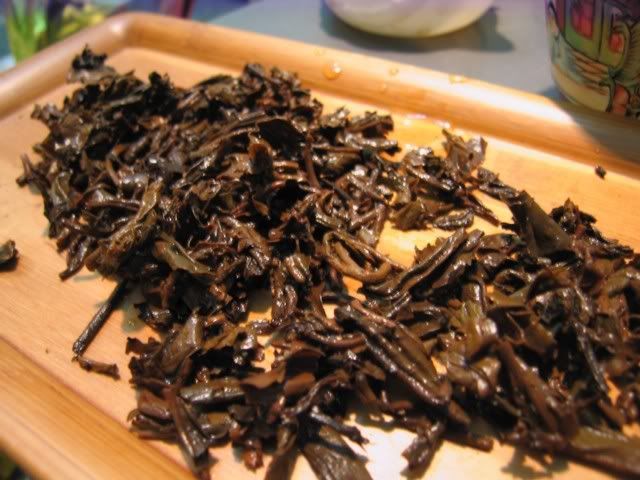




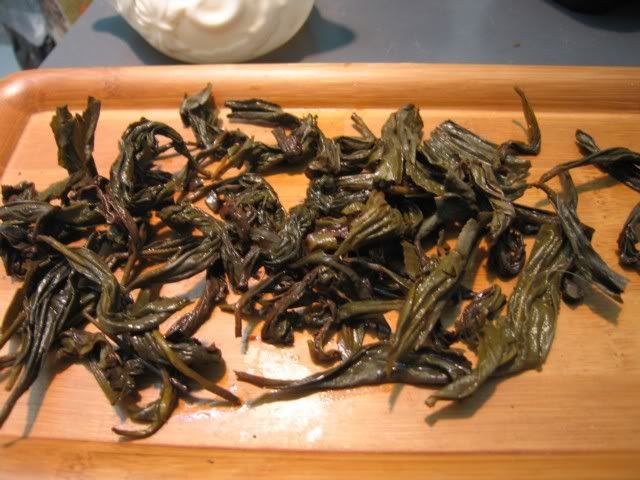

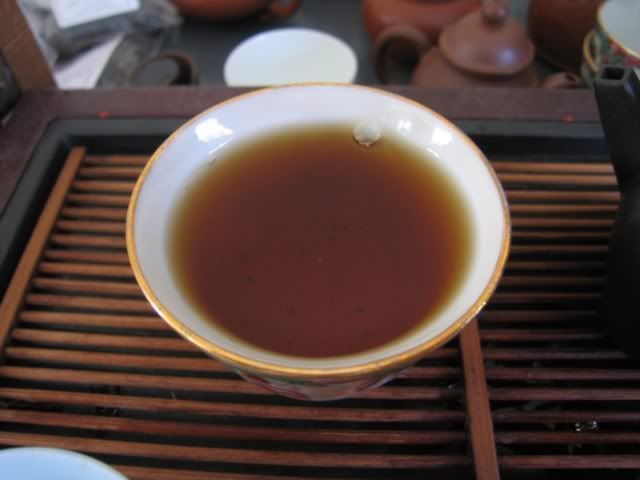
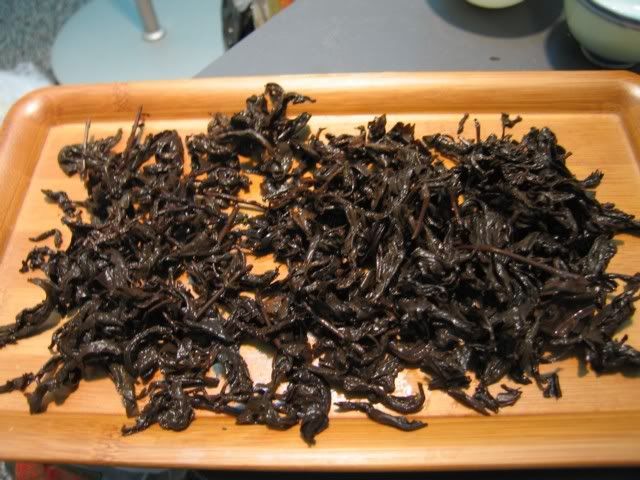
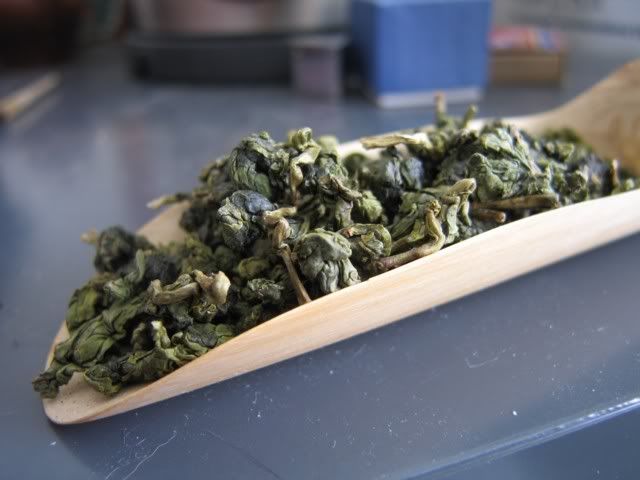
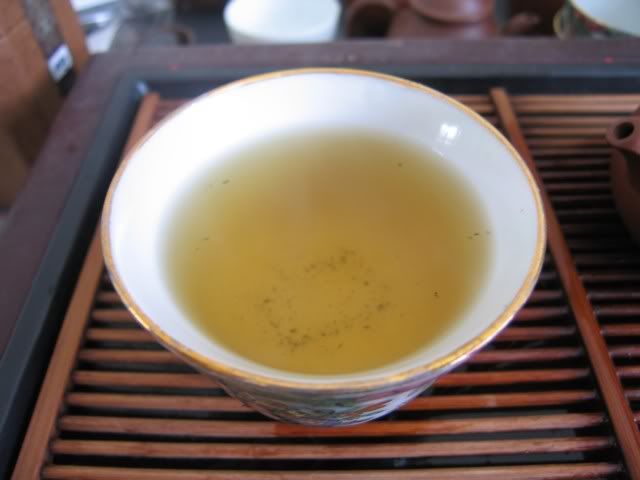
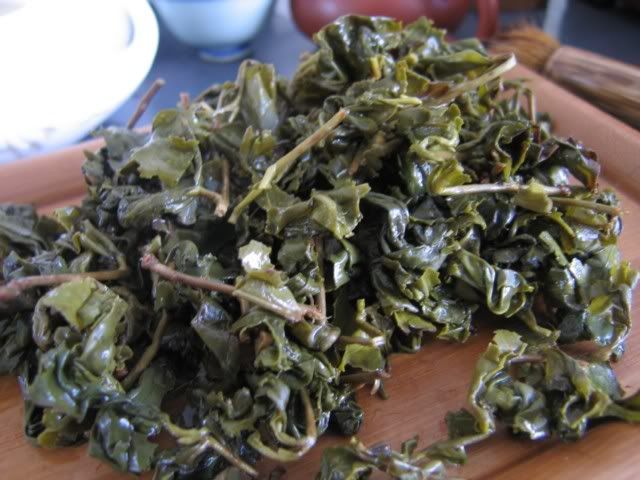
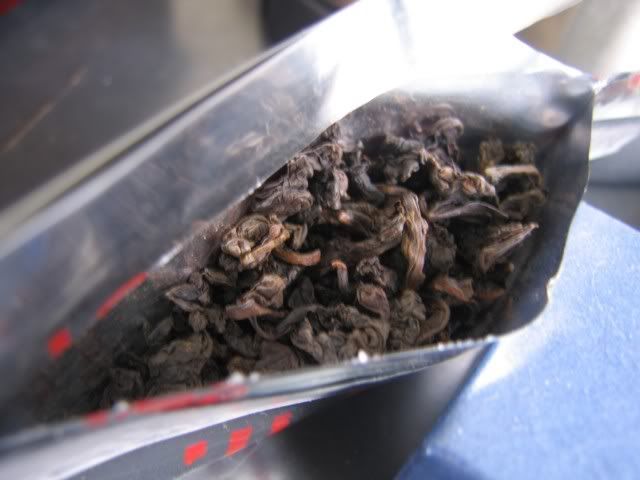
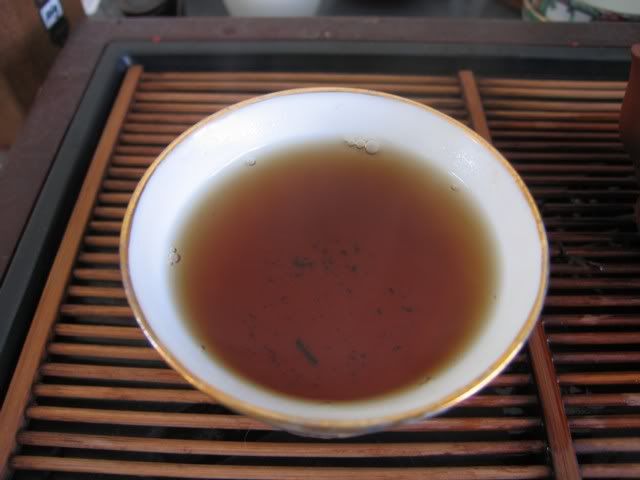
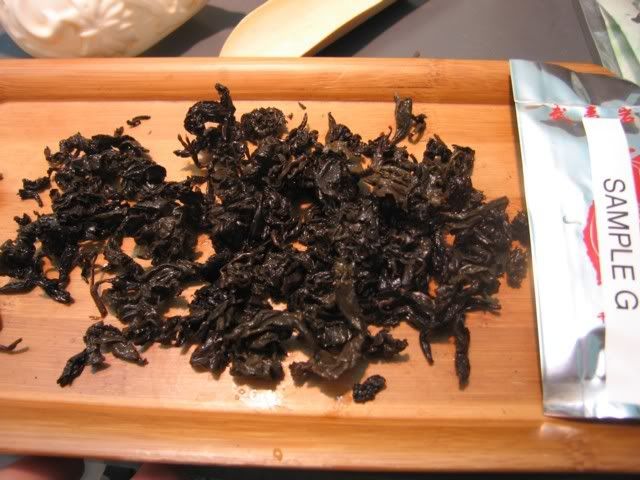
Yeah whisky prices have been leaking too, as well as luxury watches. I wrote a post maybe a decade ago…